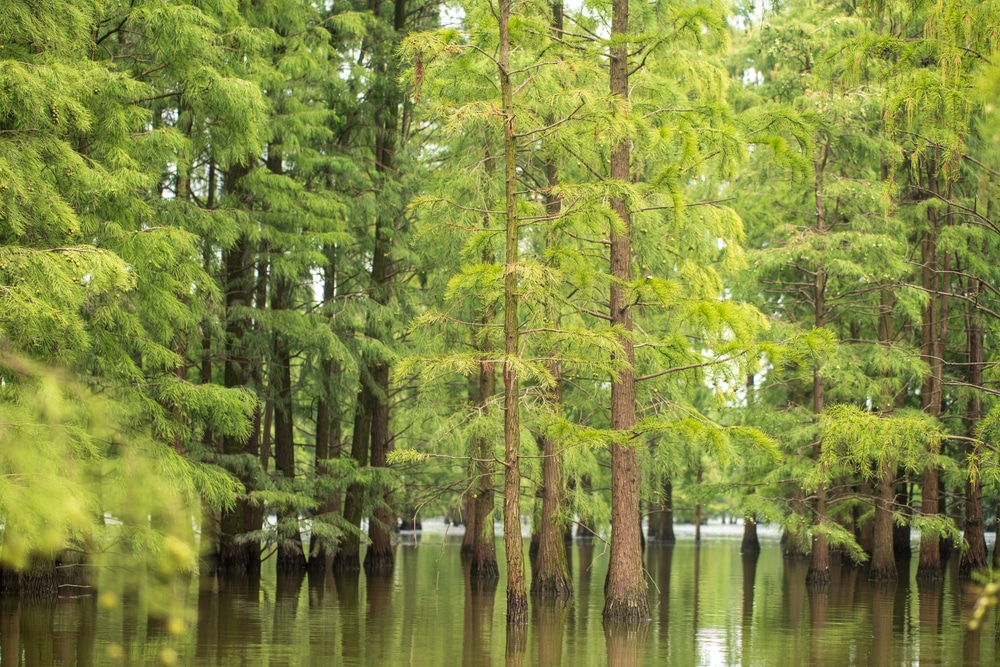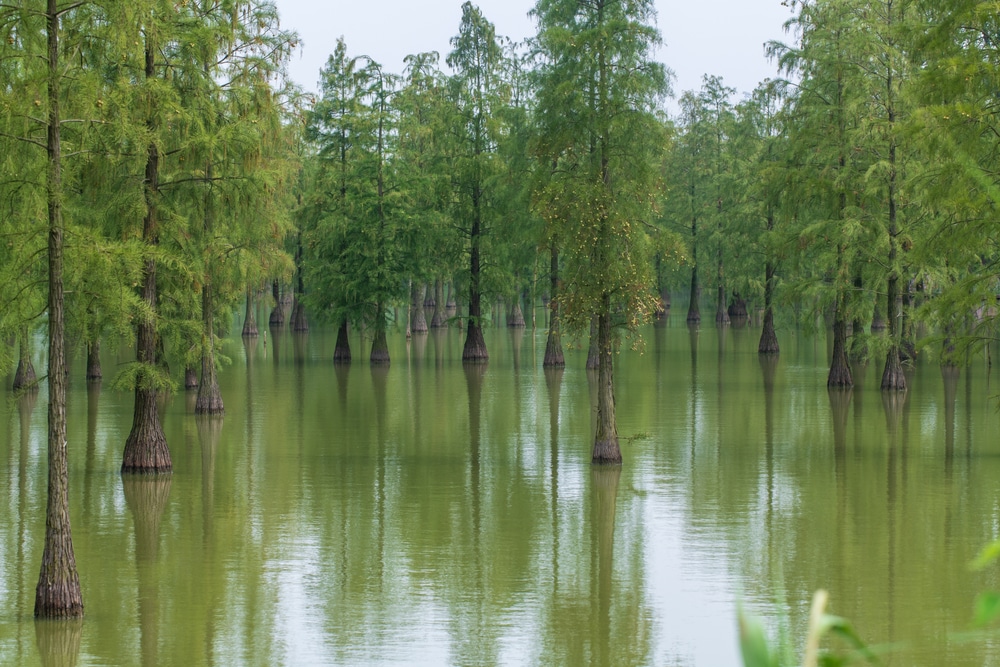Pond cypress trees thrive in the wet, subtropical climate of Florida. These hardy conifers are perfect for adding a unique beauty to the landscape and can live for hundreds of years if properly cared for.
This guide teaches you everything you need to know about planting, growing, and caring for your pond cypress tree in Florida. From planting tips to ongoing maintenance, you’ll be well-equipped to keep your tree healthy and happy for years to come!
What is a pond Cypress tree?

Pond cypress trees, also called Taxodium ascendens, are the most common of Florida’s native wetland plants. They belong to the Cupressaceae botanical family and are deciduous conifer trees that can grow up to 60 feet tall and has a spread of between 10 and 15 feet. In Florida, it is found primarily in wetland habitats such as swamps, bogs, and marshes.
Pond cypress trees are ideal for Florida because they thrive in wet and humid climates. They provide excellent habitats for birds, small mammals, reptiles, amphibians, and other wildlife. Pond cypress trees are also an attractive landscape addition to any yard or garden and are relatively low-maintenance once established.
The tree produces cones in the fall and lose all its needles during the winter months. This is an unusual trait that isn’t seen in many conifers. The needles will regrow again the following spring.
Planting a pond cypress tree
Planting a pond cypress tree in Florida is relatively straightforward. It should be planted in soil that remains constantly moist but never overly wet or dry. These trees grow best in clay-like soil that’s moist or loam soil.
Ensure the location receives direct sunlight for at least 6 hours per day. Pond cypress can be grown in boggy areas, rain gardens, or near ponds and streams. They also grow well in prairies and meadows as long as they get enough water.
Dig a hole at least twice as wide as the container the tree came in and at least as deep. Place the tree in the hole, and backfill with soil and water deeply. You can also add some organic matter, such as aged compost to the hole at this time, as this will provide nutrients to the tree to help it establish itself.
Pond cypress trees will grow best when planted from March through June while they are still dormant. Once planted, it should begin to establish itself within 2 to 3 weeks. If growth is slow, the soil may need more nitrogen fertilizer.
Caring for your tree
Pond cypress trees require minimal care once established. They should be grown in areas with full or partial sun and are most interesting during the fall. These trees thrive in USDA zones 5 to 10 and are perfect for cooler areas of Florida. They are relatively hardy and able to adapt to warmer weather as long as they are given enough moisture.
Here are some tips that will help ensure your tree thrives:
Watering
Watering deeply and regularly will help to keep it healthy and allow for optimal growth. Mulching around the base of the tree will also help to keep the soil moist and reduce weed growth. Pond cypress requires more water than the average tree, so you’ll need to water your tree deeply if it’s not planted in a waterlogged area.
Fertilizing
Fertilizing with a nitrogen-rich fertilizer will help promote plant health. These trees grow best in soil that’s neutral or slightly acidic. You can test the soil ph range and add amendments if necessary.
Pruning
Pruning of deadwood should be done in winter when the tree is not actively growing.
Conclusion
Pond cypress trees are well adapted to the Florida climate and grow best here. With proper planting, growing, and care, they can be an excellent addition to any landscape or garden.
